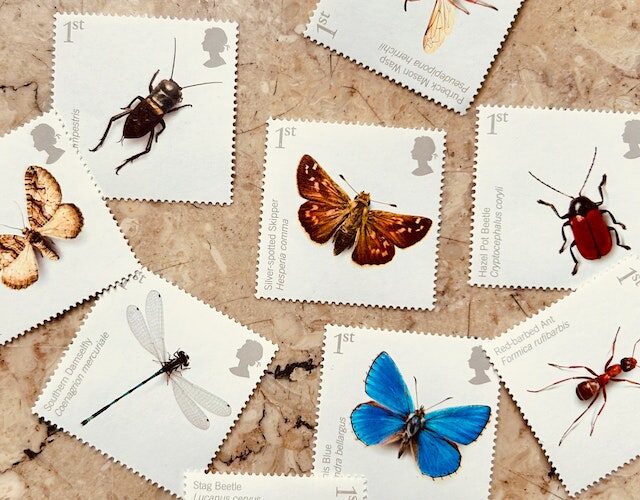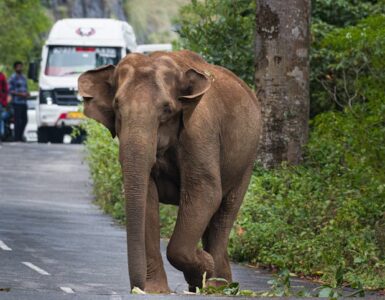Our planet is at a critical crossroads, facing an ecological crisis that threatens the very fabric of life on Earth. Biodiversity loss, climate change, and animal extinction are interlinked challenges that demand urgent action and collective responsibility.
While scientists, activists, and a minority of the public are well aware of the severity of these issues, engaging the uninterested 99% of the general population presents a daunting task.
In this article, together with BioDB, we will explore effective strategies to communicate, break down, and demystify the complex concepts of biodiversity loss, climate change, and animal extinction.
Unveiling Biodiversity Loss

Biodiversity, the intricate web of life on Earth, is under siege. The term itself may sound intimidating, but its meaning is simple: it’s the incredible variety of living organisms that coexist in ecosystems.
Imagine a symphony where every species plays a unique role, contributing to the harmony of nature. However, the rise in deforestation, habitat destruction, and pollution is disrupting this delicate balance.
To make this concept relatable, consider a puzzle. Each piece represents a species, and as we lose pieces, the picture becomes incomplete.
This loss doesn’t just affect those species directly; it also ripples through ecosystems, affecting everything from pollination to nutrient cycling. The puzzle analogy helps us grasp that saving one species isn’t just an altruistic act but an investment in the stability of our planet.
Decoding Climate Change
Climate change, another hot topic, can be bewildering due to its scientific complexity. But let’s simplify it: picture the Earth’s climate as a giant engine that runs on a delicate balance of greenhouse gases. When we burn fossil fuels like coal and oil, we release more of these gases, causing the engine to overheat. This leads to rising temperatures, extreme weather events, and disruptions in natural cycles.
Think of it as a thermostat gone haywire in your home. Just as you’d take action to fix it, addressing climate change requires a global effort to reduce emissions and transition to cleaner energy sources. We bridge the gap between abstract data and tangible actions by likening climate change to a malfunctioning thermostat.
Facing Animal Extinction
Animal extinction is perhaps the most heart-wrenching aspect of the eco-crisis. Many species, from majestic elephants to humble bees, are disappearing due to human activities.
To bring this home, think of a library burning down. Each species represents a unique book containing millennia of knowledge and beauty. When a species goes extinct, a whole volume of Earth’s history is lost forever. Imagine visiting a library with empty shelves and missing books. The absence is palpable and evokes a sense of loss.
Similarly, the absence of a species in its natural habitat creates a void that disrupts the intricate tapestry of life. By connecting animal extinction to the concept of a depleted library, we foster empathy and motivate readers to take conservation seriously.
The Challenge of Reaching the Uninterested Majority
As concerned advocates for the environment, our primary challenge lies in igniting the interest of the uninterested majority. Many people feel disconnected from these issues due to a lack of accessible information, perceived insignificance of individual actions, and overwhelming scientific jargon.
We must communicate these issues relatable, empathetic, and empowering to bridge this gap.
To engage the public effectively, we must reframe the narrative surrounding biodiversity loss, climate change, and animal extinction. Rather than focusing solely on doom and gloom, we can highlight stories of hope, resilience, and successful conservation efforts.
Narratives about communities working together to protect their local ecosystems, scientists making breakthrough discoveries, and wildlife conservation success stories can instill a sense of hope and possibility.
Complex issues can be daunting when presented in text-heavy formats. Visual communication tools like infographics, interactive maps, and videos can help break down complex concepts into easily digestible information. Visual representations of the impact of climate change on wildlife habitats or the consequences of deforestation on elephants can resonate more profoundly with the public.
People often feel disempowered when faced with global crises like climate change and biodiversity loss. Communicating that every action counts and contributes to the larger effort is essential. Encouraging sustainable practices, such as reducing plastic usage, supporting renewable energy, and choosing ethical products, empowers individuals to be part of the solution.
As a wildlife conservation website, BioDB’s mission revolves around three fundamental pillars: awareness, conservation, and support.
At its core, the platform aims to educate the global community about the perils faced by wildlife, advocating for conservation efforts that transcend geographical boundaries. With an interactive and user-friendly interface, BioDB aims to engage people from all walks of life, uniting them to protect our planet’s irreplaceable biodiversity.
Here’s an overview of the four defining elements of BioDB:
Taxonomy drill-down
- Organizes and categorizes various animal species
- Enables efficient navigation and exploration of the diversity of life on Earth
- Provides an engaging educational experience
- Promotes understanding of the web of life and the significance of species preservation
Distribution data & mapping
- Showcases a geographic range of animal species (see example here: the Tiger)
- The distribution lists serve as an indicator of population health and status
- It aids in the identification of crucial areas requiring protection
Adding Taxa/animals
- Continuous expansion of the animal database
- Active involvement of users in adding new animals and taxa
- Ensures the database remains comprehensive and up to date
- Empowers individuals to contribute to wildlife preservation and conservation
- Encourages community involvement and collaboration
Fundraising
- Commitment to raising funds for wildlife conservation NGOs
- Facilitation of direct donations through strategic partnerships and collaborations
- Empowering individuals to have a tangible impact on wildlife conservation
With its easy-to-use taxonomy system, user-generated content, distribution map, and curated animal lists, BioDB helps educate and involve visitors in wildlife conservation. It aims to educate and engage visitors to inspire a global movement for protecting the planet’s biodiversity for future generations.
By fostering empathy, understanding, and a sense of hope, we can unite as a global community to protect and preserve our planet’s precious biodiversity for future generations and ensure a sustainable future for all.
The time to act is now. Are you ready to take action and join the global community in protecting our planet’s biodiversity?
“The loss of biodiversity is not just a problem for scientists; it is a problem for society. We need to recognize that preserving biodiversity is vital for our own well-being.” – David Suzuki
Contributed by: Assaf Levy, Founder & CEO of BioDB – a group tasked with collecting conservation data, raising awareness for biodiversity loss, and fundraising.






Add comment